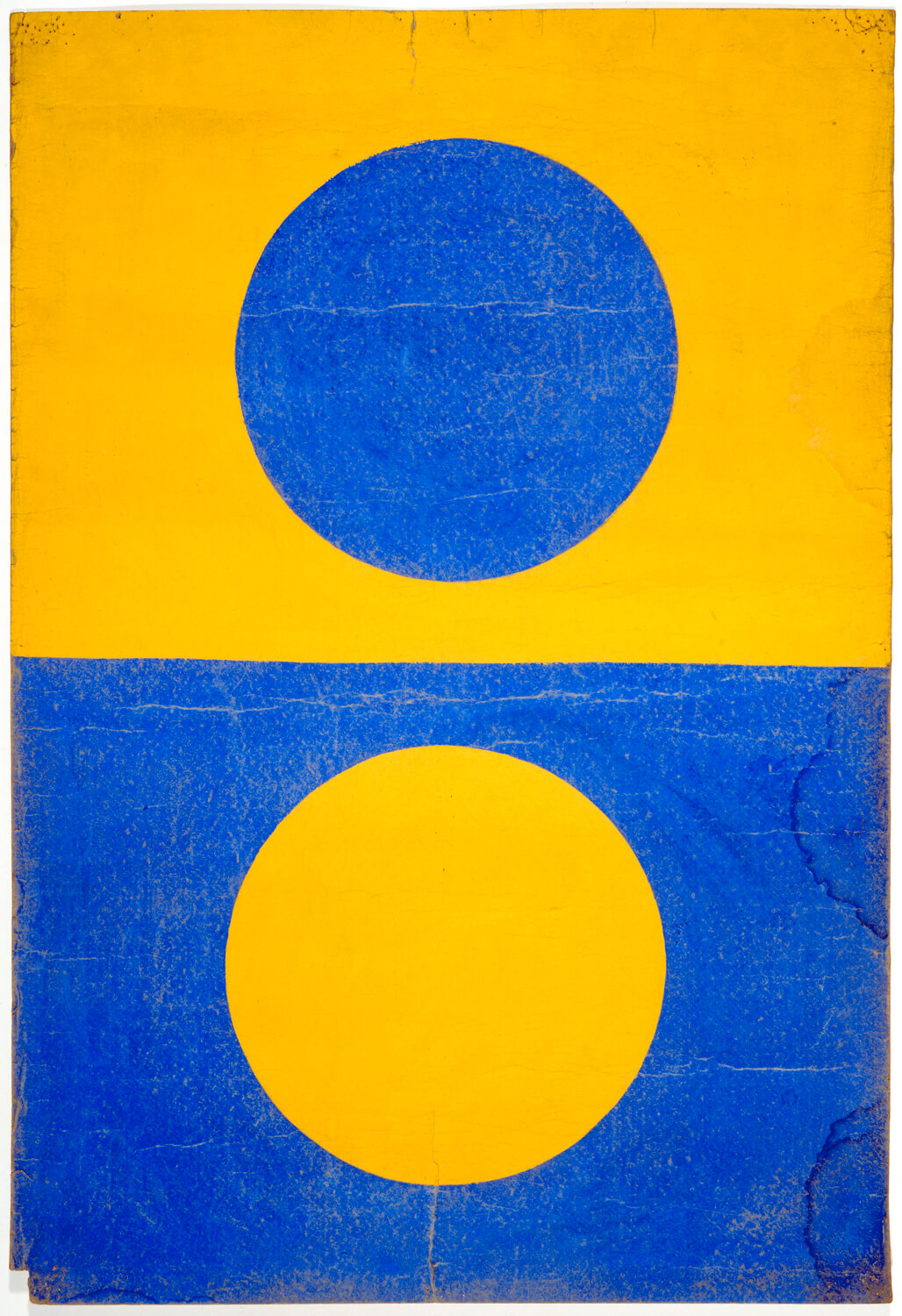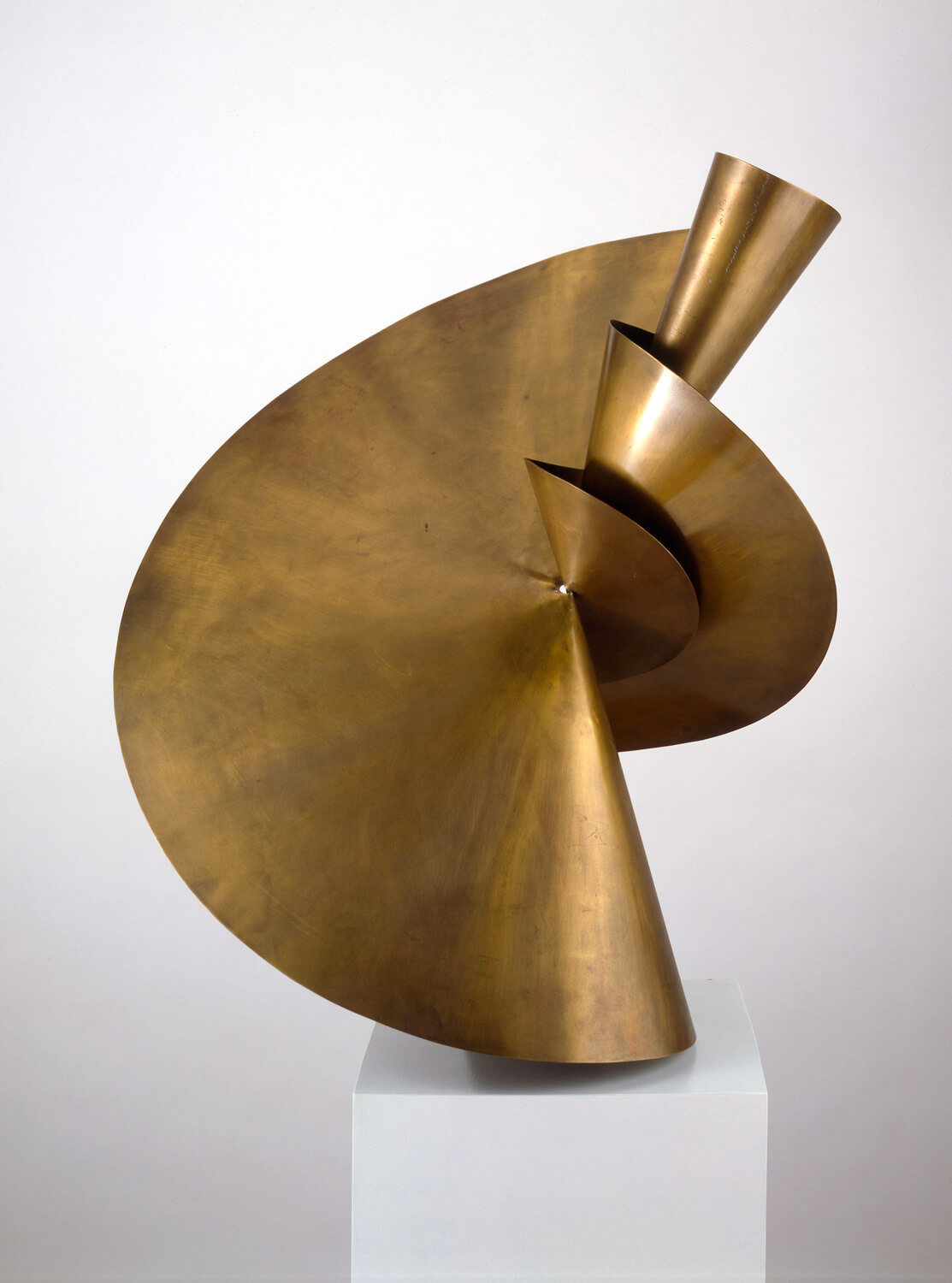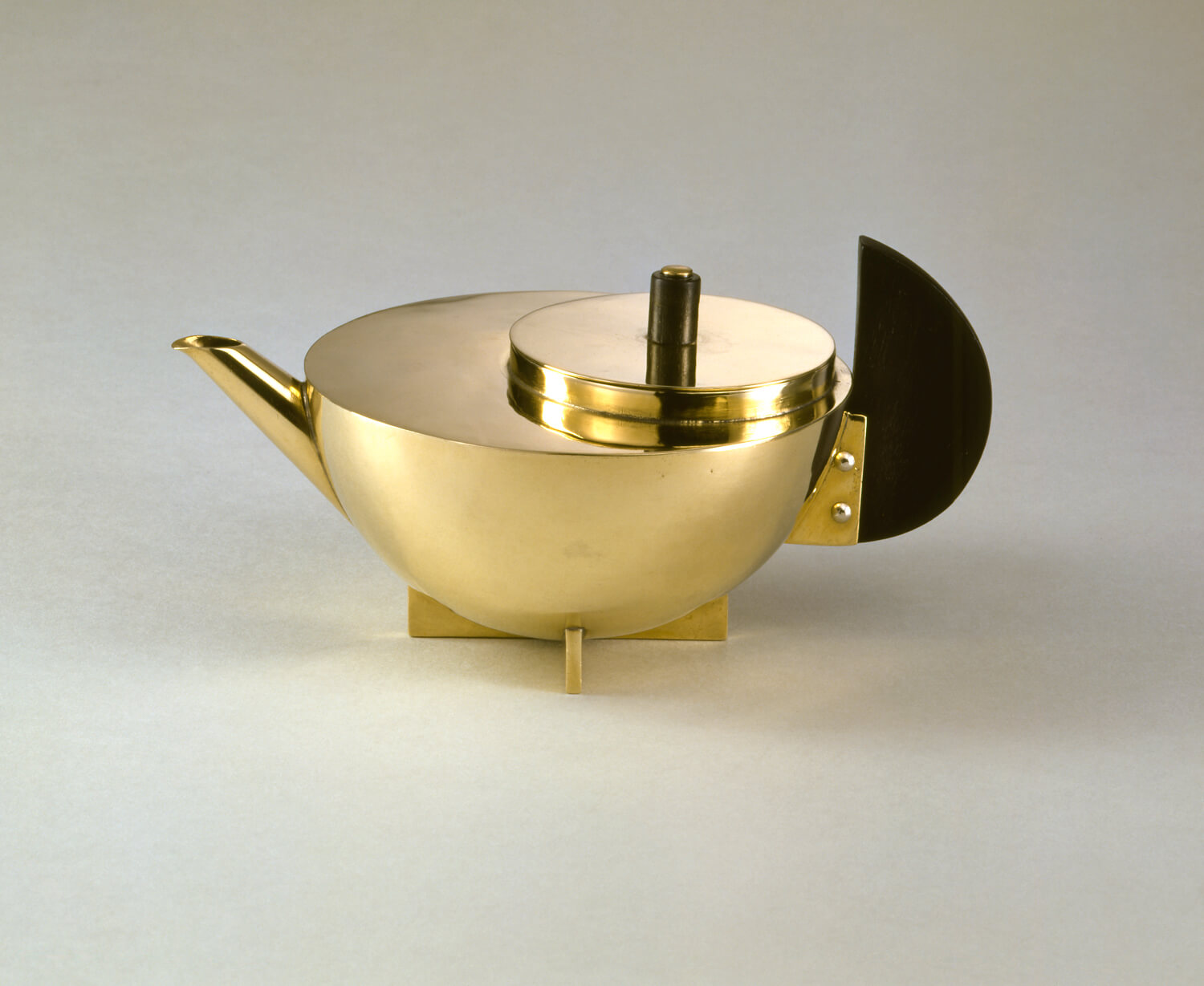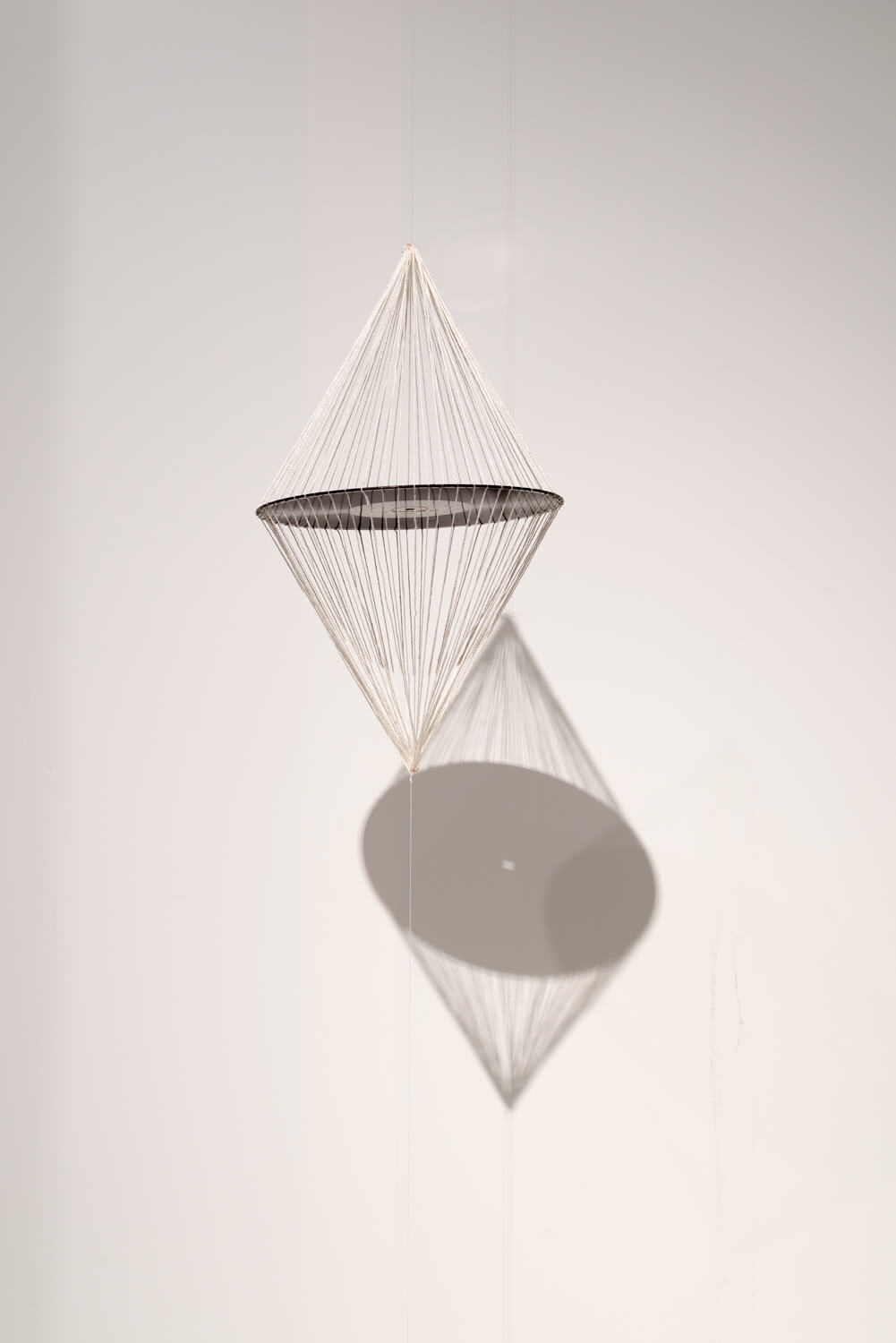Japan and the Bauhaus
Forced into exile by the Nazis, the instigators of the German school took refuge in Japan where they found concepts dear to their movement.

© Bauhaus Archiv Berlin
2019 marked the 100th anniversary of the Bauhaus, the German school of art, architecture and design. This school, founded in Weimar, brought together the whole of the creative avant-garde both within and outside of Germany in just fifteen years of existence. Its ambition? To unite art and technical design and invent a new way of inhabiting spaces.
Forced into closure by the Nazis, the Bauhaus school nevertheless continued to develop over the years, so much so that branches of it can still be found today, all over the world, from the USA, where a number of the grand masters of the movement went into exile, to Europe and Japan. Walter Gropius, its founder, spent three months in Japan in 1954.
There, particularly in the domains of architecture and craftsmanship, he and other key figures of the Bauhaus found notions dear to the movement such as minimalism, functionalism, and the use of raw materials.
A Modern Architecture
The way in which Japanese architects and artisans envisage space, particularly their relationship to emptiness and fullness, also interested the members of the Bauhaus. Obsessed by the flexibility and modularity of spaces, and by the asceticism that should prevail in interiors, Walter Gropius and his associates saw the Katsura Imperial Villa, east of Kyoto, as a modern architectural gem.
‘One of the positive points of old Japanese construction is the flexibility of the space. The house opens onto the garden and is connected to it. The interior and the shoji create what I call modern coordination. This ‘ready-made’ construction is very important. The simple beauty of the Katsura Imperial Villa is certainly the peak of beauty’, enthuses Walter Gropius who, alongside his Japanese counterpart Kenzo Tange, dedicated a work to this edifice.
Japan as a source of inspiration
However, long before Walter Gropius’s visit to Japan, the country had already inspired some of the school’s professors. One of these was Johannes Itten, a painter whose lessons notably concerned the aesthetic of Japanese ink painting and who initiated his students into Buddhist and Shintoist philosophy, so dear to the Japanese.
One of his students, Theodor Bogler, took inspiration from Japanese tradition when creating his series of teapots that combined modularity and geometry, two concepts upheld by both the German movement and Japanese art. In the same vein, Marianne Brandt designed a tea infuser made from brass and ebony in the shape of a half-sphere, where the cultural mix of east and west gave rise to one of the most iconic pieces of the Bauhaus movement.
Japan eventually made its presence known on German soil when two Japanese students, Iwao Yamawaki and Takehiko Mizutani, joined the famous school. The latter was the first Japanese student of the Bauhaus, having joined in 1927, and his works quickly gained success, like his round glass table project. When he returned to Japan, he organised the Exhibition of Life Construction, which showcased the ideal aesthetic of the Bauhaus. This exhibition was considered as the prelude to the new school of architecture and design, whose teachings combined the concepts of traditional Japanese design and the European modernism of the Bauhaus with industrial production.
More information on the Bauhaus can be found on a dedicated archives website.

© Bauhaus Archiv / Fotostudio Bartsch

© Bauhaus Archiv / Foto: Gunter Lepkowski

© Bauhaus Archive

© Kenchiku Gaho / October issue, 1931. Photographer unknown
TRENDING
-
The Tattoos that Marked the Criminals of the Edo Period
Traditional tattoos were strong signifiers; murderers had head tattoos, while theft might result in an arm tattoo.

-
The Story of Sada Yacco, the Geisha who Bewitched Europe
Described by Dazed magazine as the first beauty influencer, she has been restored to her former glory since 2019.

-
Chiharu Shiota, Red Threads of the Soul
Last year, more than 660,000 people visited the retrospective 'Chiharu Shiota: The Soul Trembles' exhibit at the Mori Art Museum.

-
Japanese Left-field Pop From The CD Age, 1989-1996
‘Heisei No Oto’, a compilation of hidden gems in the unspoken depths of Japanese pop, reveal blissful moment of technological possibility.

-
‘Shojo Tsubaki’, A Freakshow
Underground manga artist Suehiro Maruo’s infamous masterpiece canonised a historical fascination towards the erotic-grotesque genre.





